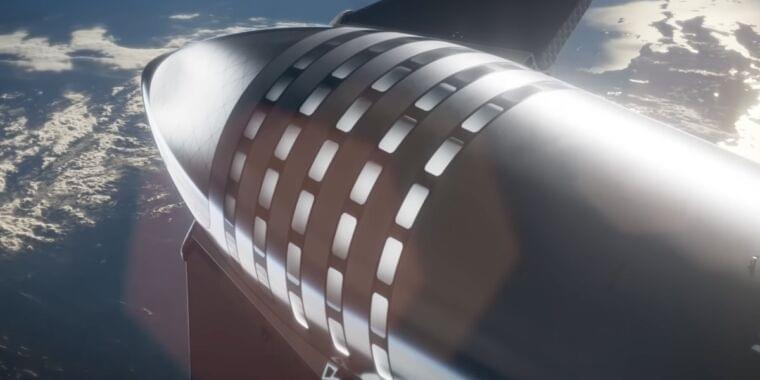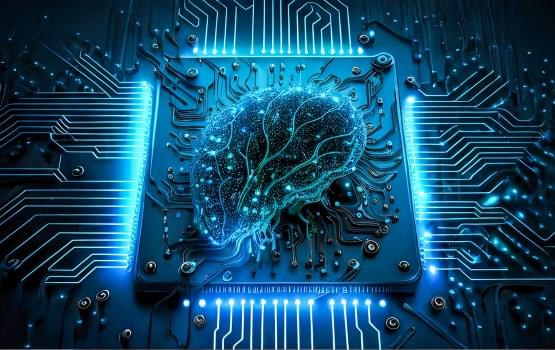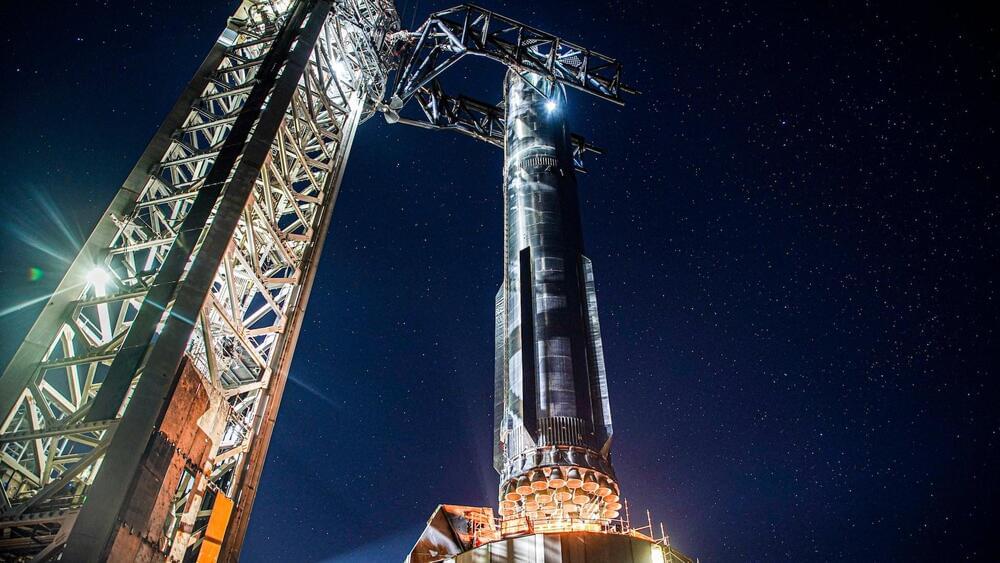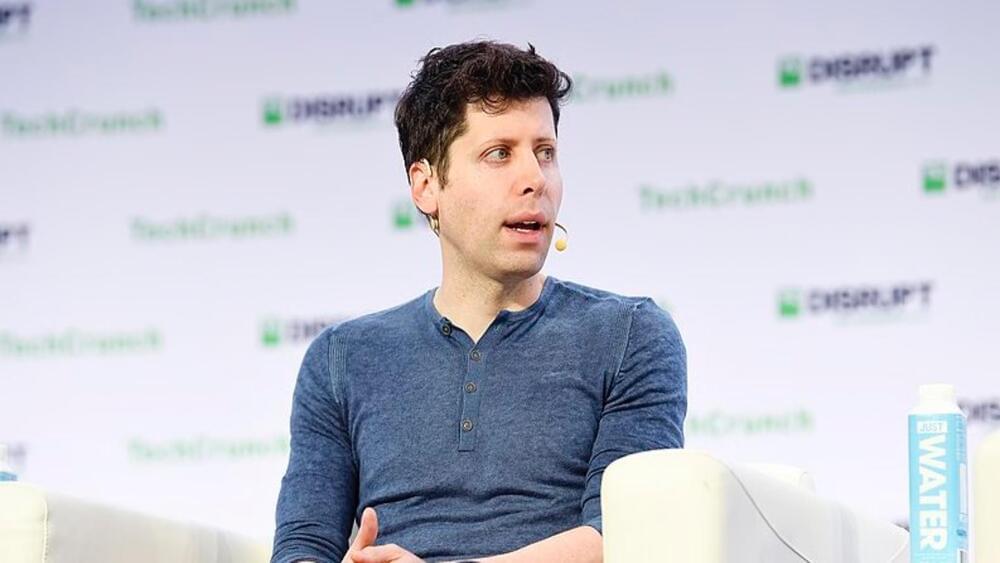You’ve probably heard about SpaceX’s plans to use its giant new Starship vehicle to land people on the Moon and Mars, send numerous Starlink satellites or large telescopes into space, or perhaps even serve as a high-speed point-to-point terrestrial transport for equipment or people.
There’s another application for SpaceX’s Starship architecture that the company is studying, and NASA is on board to lend expertise. Though still in a nascent phase of tech development, the effort could result in repurposing Starship into a commercial space station, something NASA has a keen interest in because there are no plans for a government-owned research lab in low-Earth orbit after the International Space Station is decommissioned after 2030.
The space agency announced last month a new round of agreements with seven commercial companies, including SpaceX. The Collaborations for Commercial Space Capabilities (CCSC) program is an effort established to advance private sector development of emerging products and services that could be available to customers—including NASA—in approximately five to seven years.









